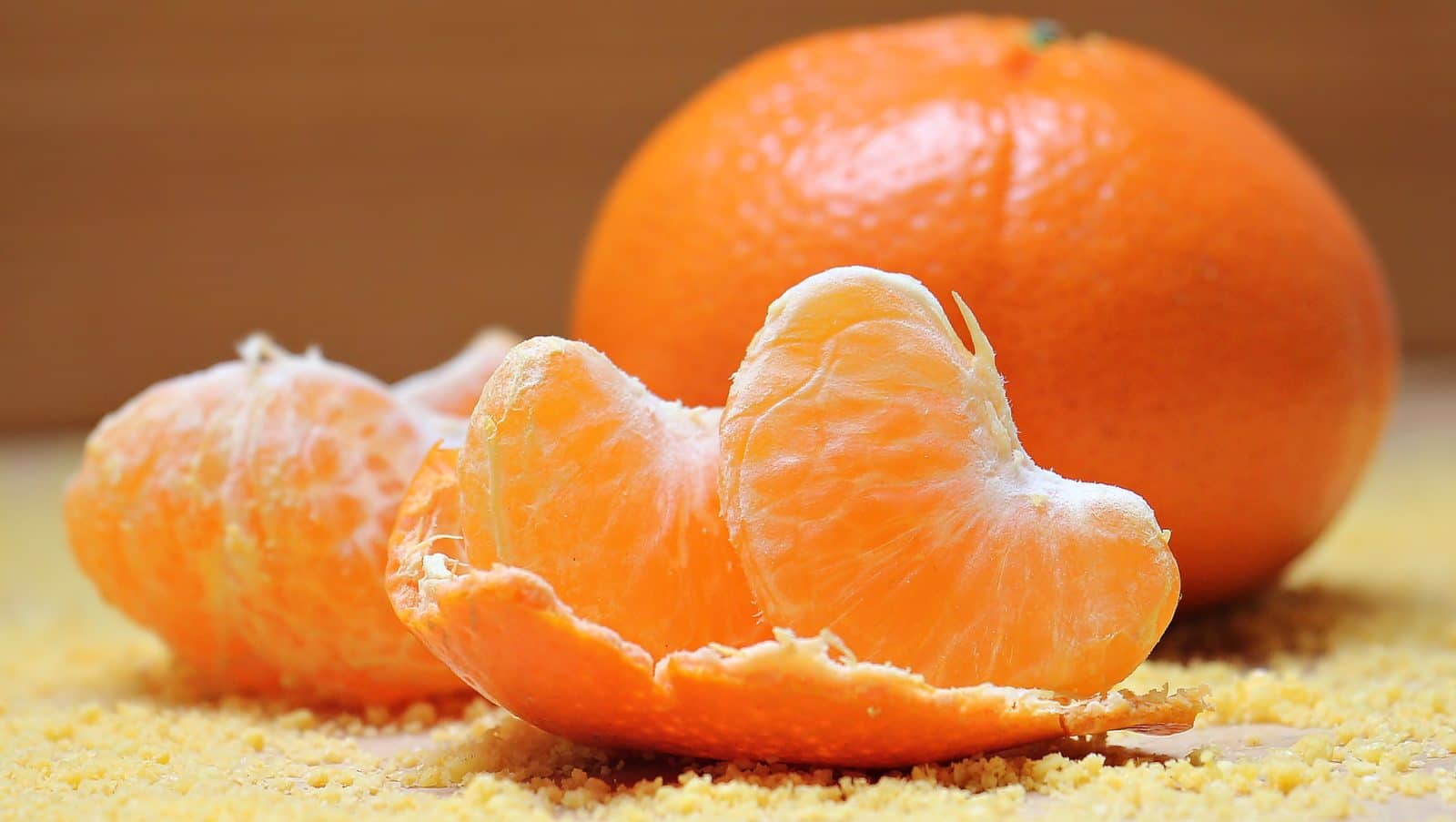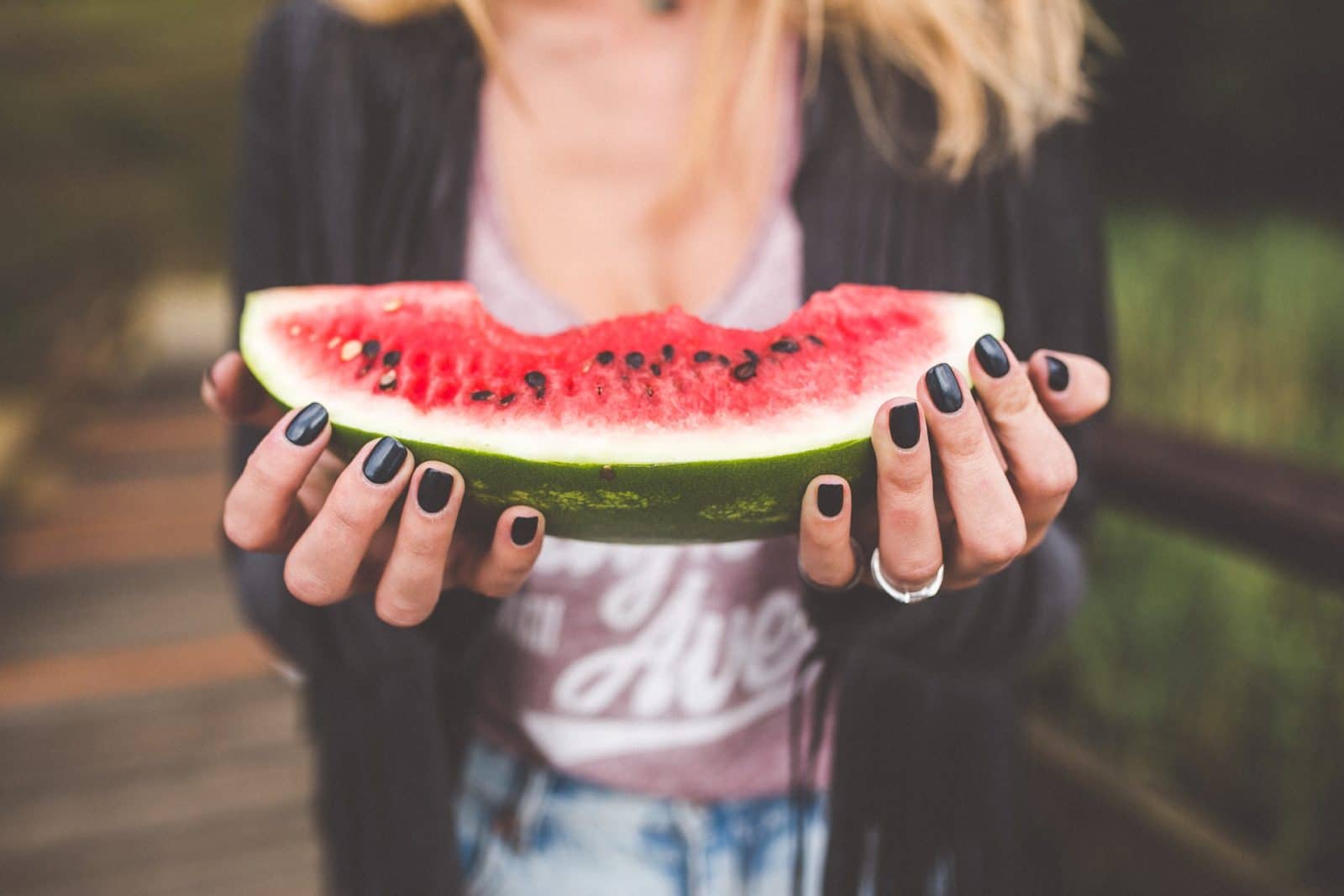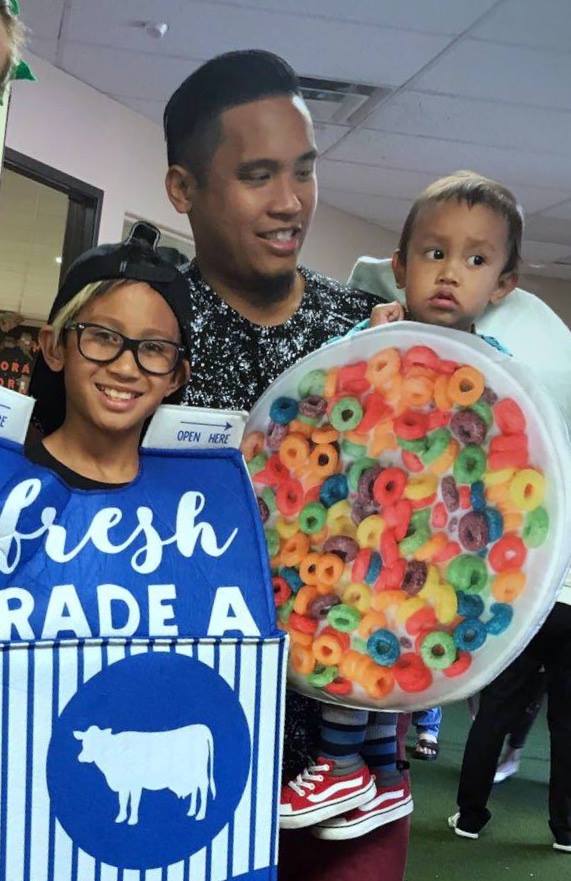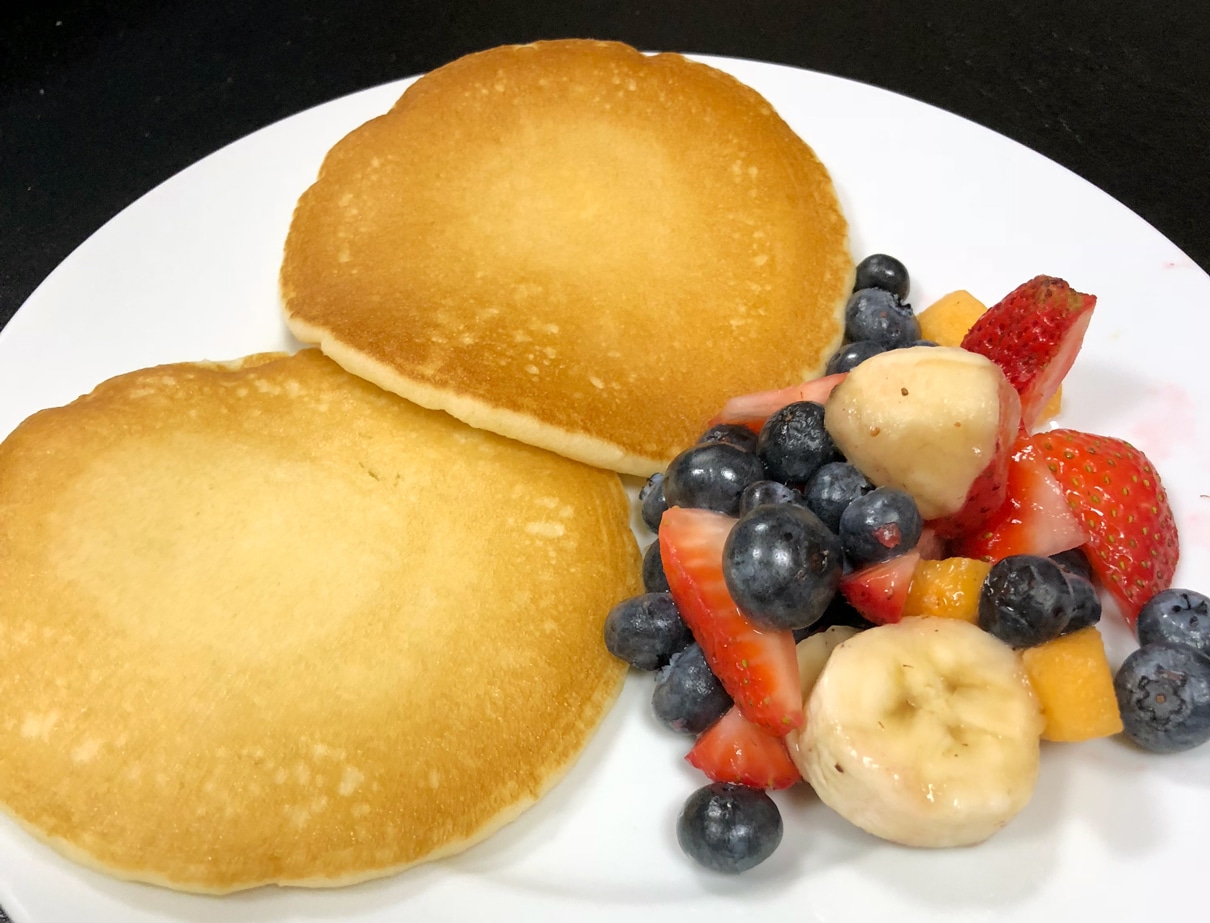“I’m so hungry – can I have some chocolate?”
Why do kids often not like fruits and vegetables?
People are born with their own tastes, and some kids can actually ask for chicory or salad (true story) provided they see the adults eating them. However, often little kids are skeptical about fruits and veggies. In fact, they are skeptical about everything they are not used to – which, can be almost everything. After eating milk and then purees or similar, the bright colors of some fruits and veggies can seem very unusual to them. This may be one of the reasons children are generally reluctant to try those products.
Here is a list of tricks to attract children to eat fruits and veggies - maybe one or two of them will be ones you haven’t already thought of – or maybe some can work just for your kid.

- Choose Beautiful Fruits

2. Make Them Easy to Find
When hungry, we sometimes just grab whatever is the easiest to find and often this can be sweets or cookies. However, if there are apples or oranges on display and they are easy to reach, there is a greater possibility that children choose them. Peeling and pre-cutting veggies like cucumbers or carrots could increase their consumption in your house. They are crunchy and juicy and in addition, carrots are even a little sweet so there is some hope!
3. Let Them Choose their Veggies
4. Prepare Them Together!
The same principle can be applied at the cooking stage. Even smaller kids can be given simple tasks like “cutting” bananas with a spoon or washing tomatoes or spinach in a bowl of water. This approach helps them to get used to helping around the house and also gets them more interested in eating healthy food.
5. Gardening


6. Set an Example
Maybe this should be rule number 1. It’s true that children will follow your example, not your advice. One can say a lot about how healthy fruits and veggies are, but if the parents don’t really eat them it’s likely their children would refuse to do so as well.
7. Use Sauces
8. Hide it
In particularly hard cases, you can make fruits and veggies look like something else. A fruit or vegetable puree is the most obvious choice. Vegetable puree can appear more attractive if presented as a sauce for spaghetti. Pizza can have some veggies masked amongst the cheese and salami. A smoothie is a great way to hide some fruits in a healthy and pleasant drink that seems almost like ice-cream. There is always a possibility of adding some fruits into a muffin or a pancake.
9. Make it Look Cool
If you have time and inspiration, you can make your kids plate look like a little picture. There are tons of ideas online and some moms get really creative (and even famous) there. There is no guarantee that your little one won’t add an explosive theme to your masterpiece but at least you can have a cool photo for your Instagram! 😀


